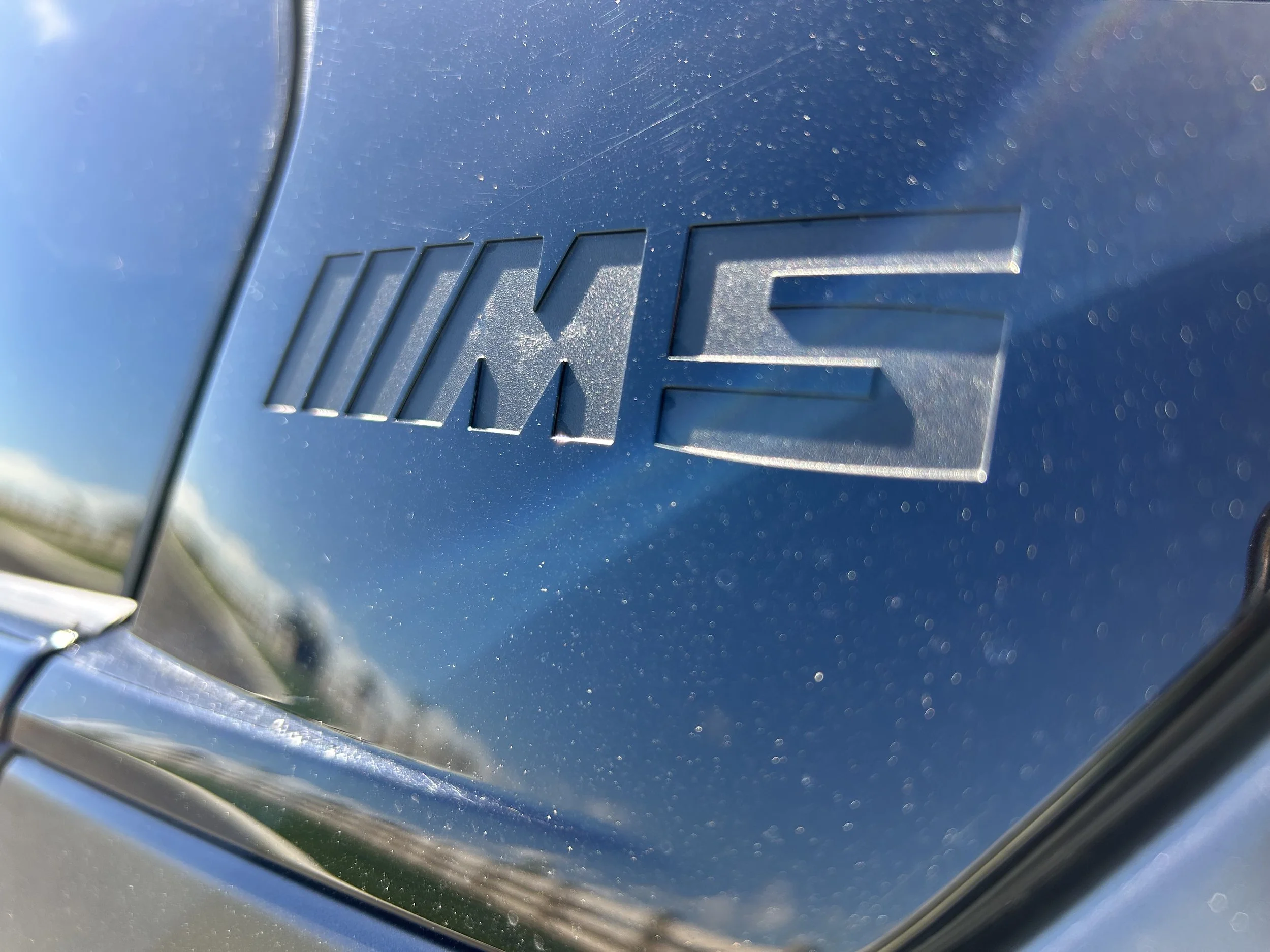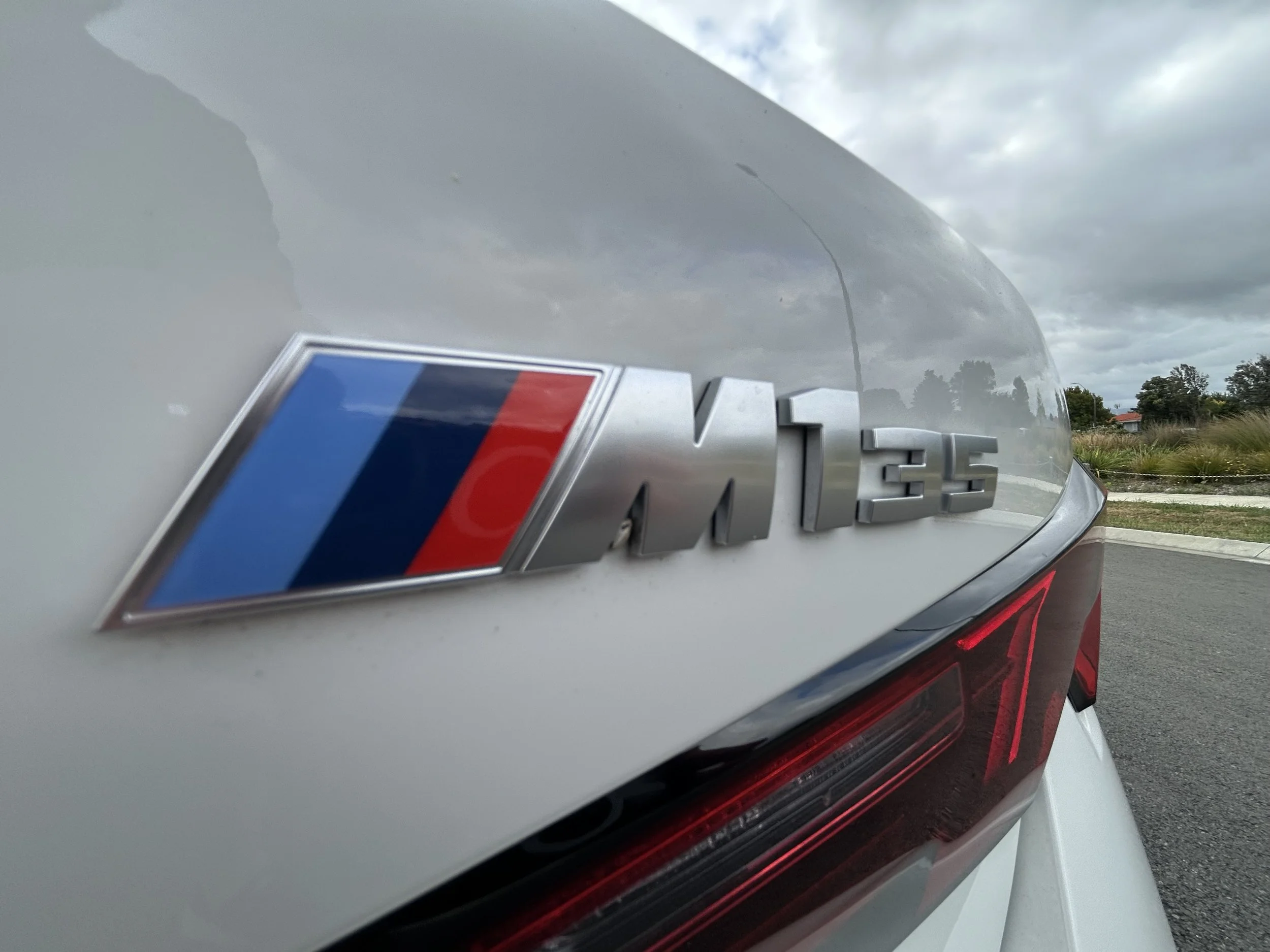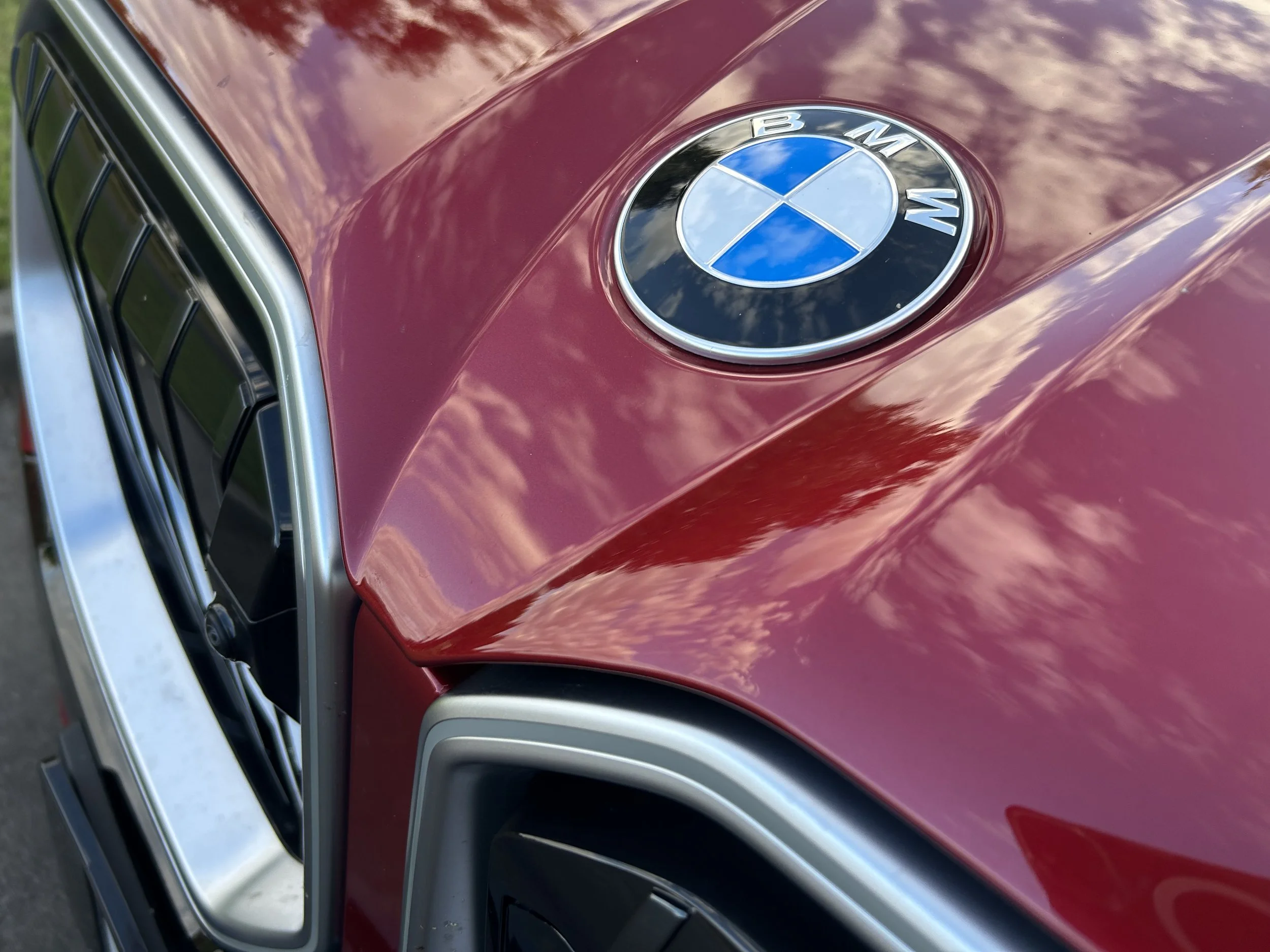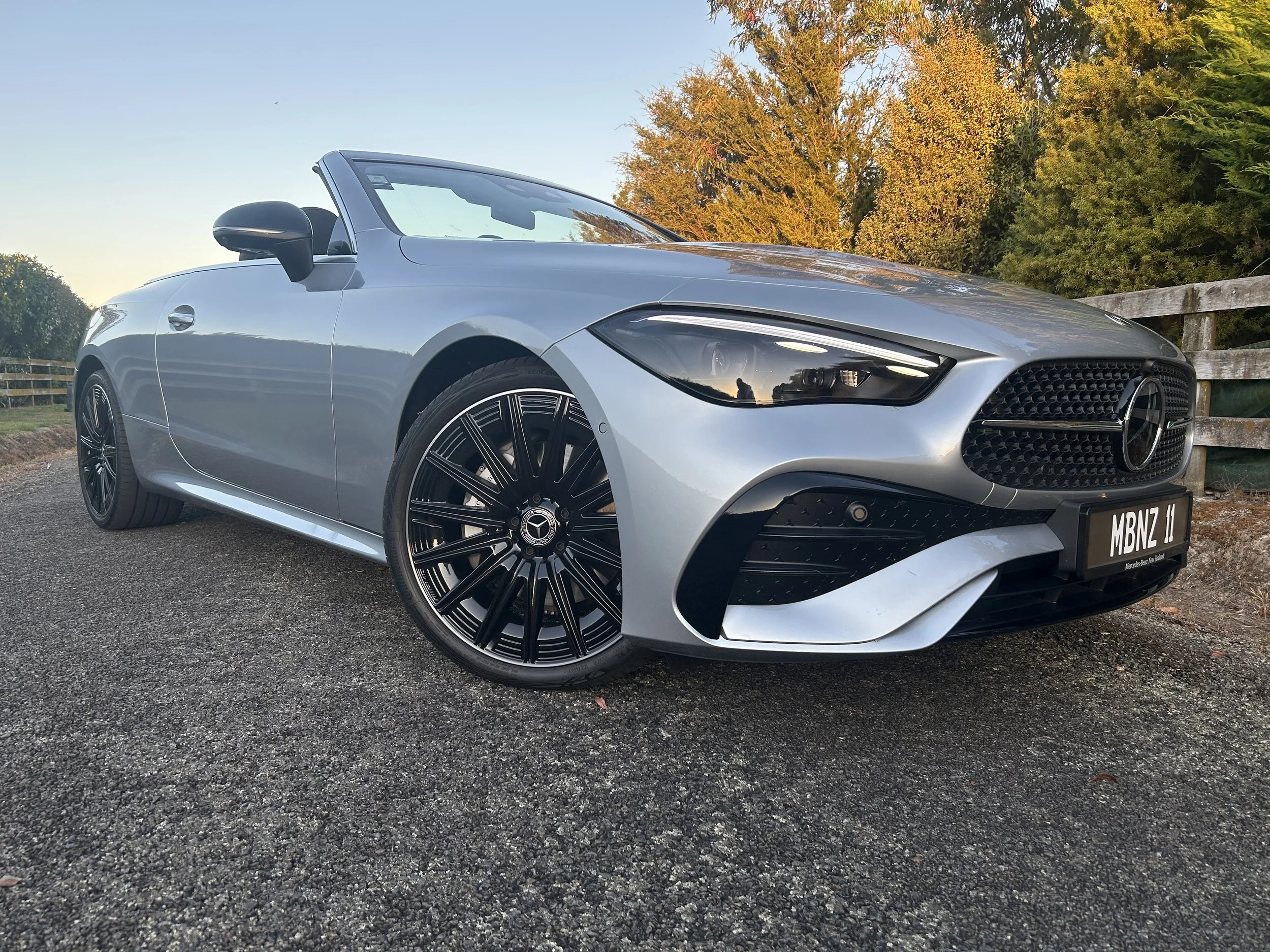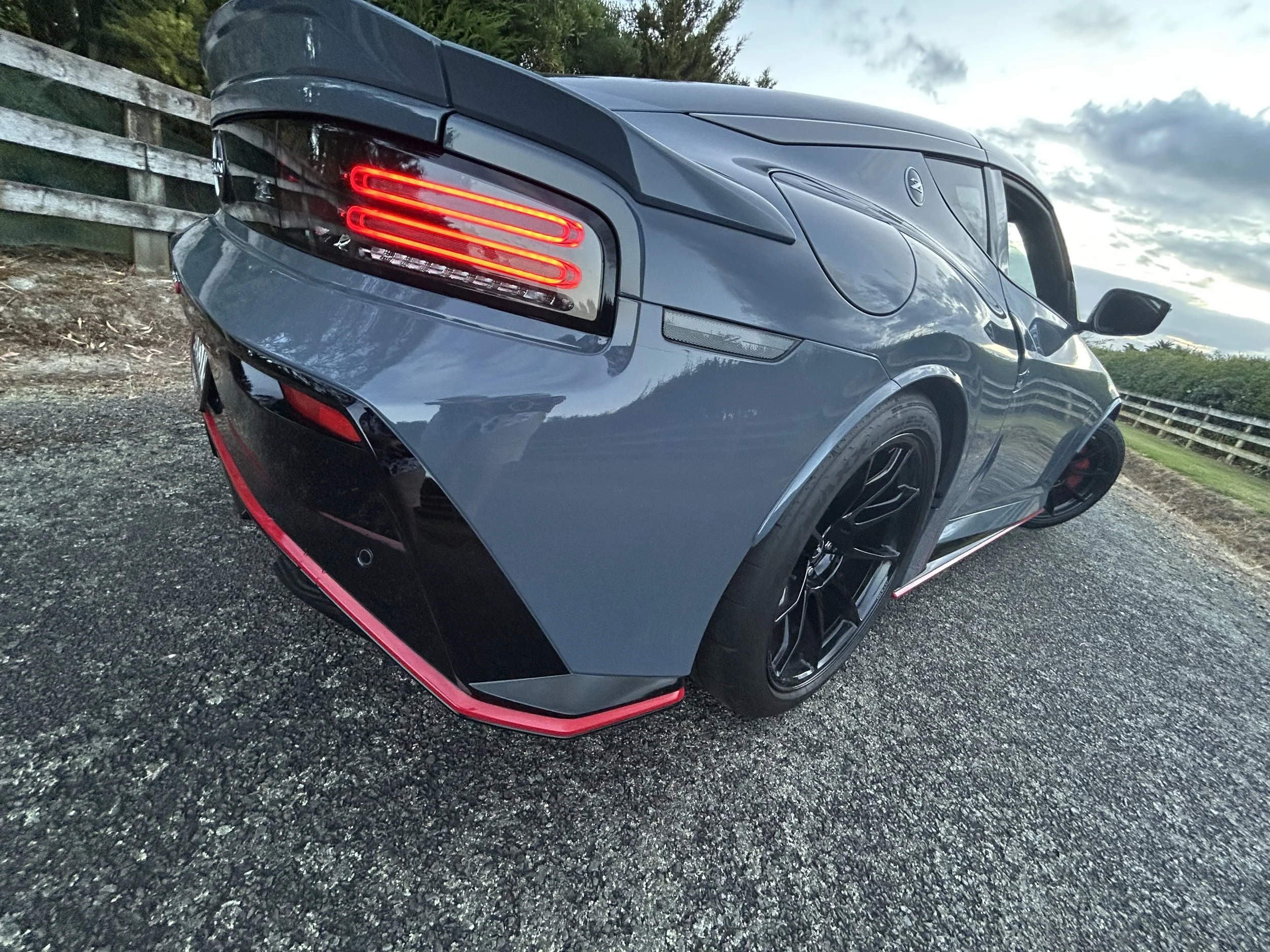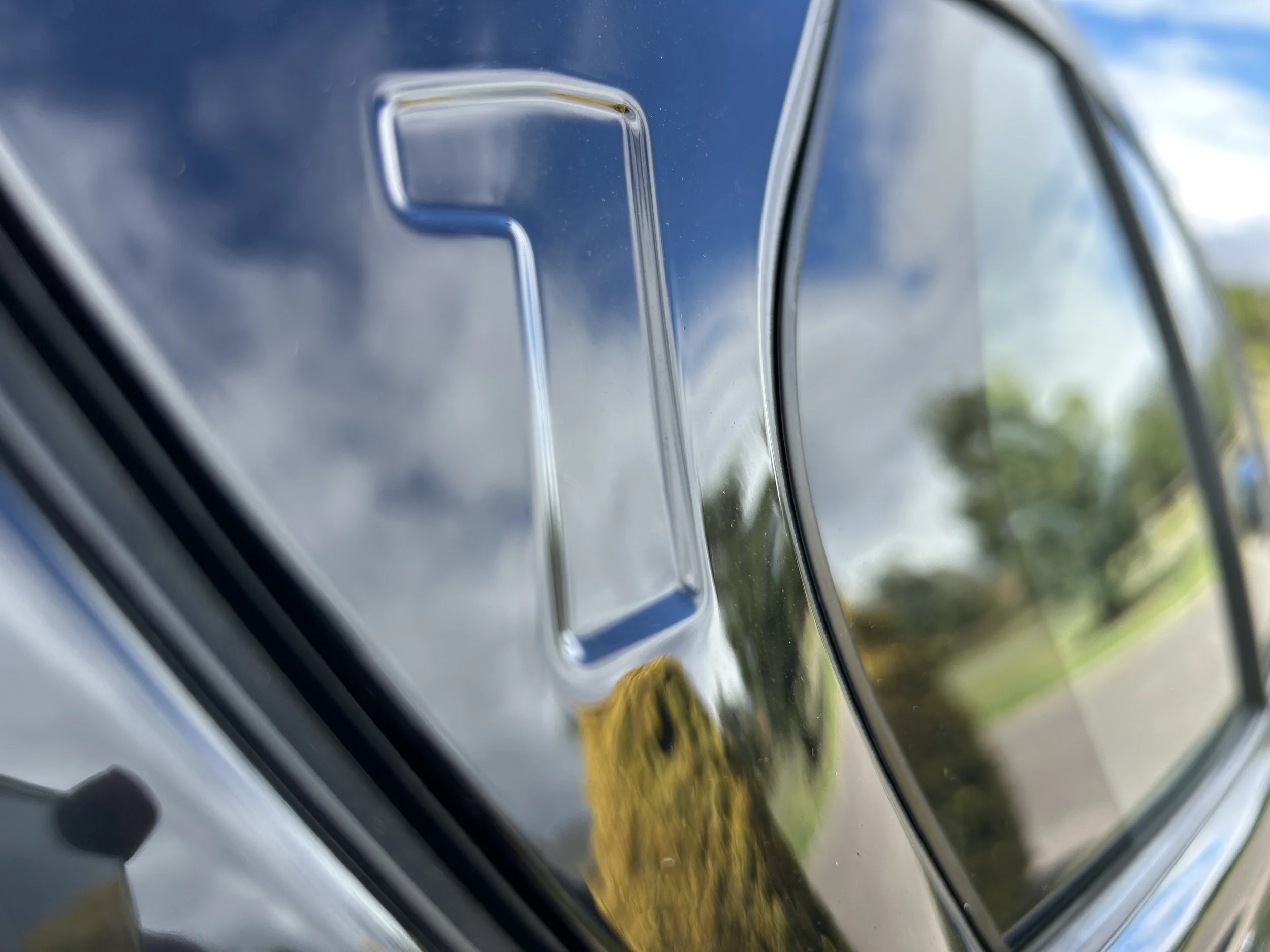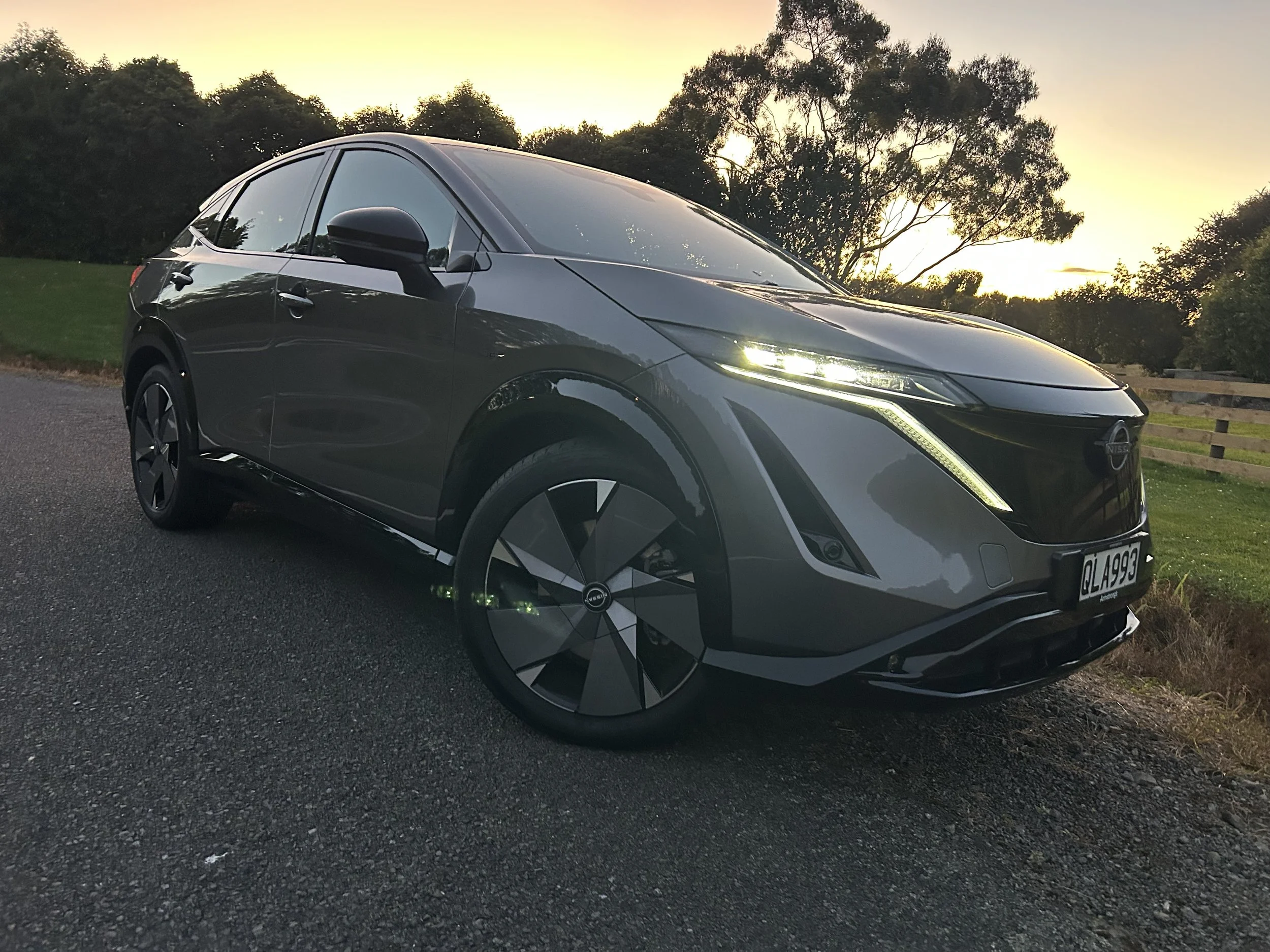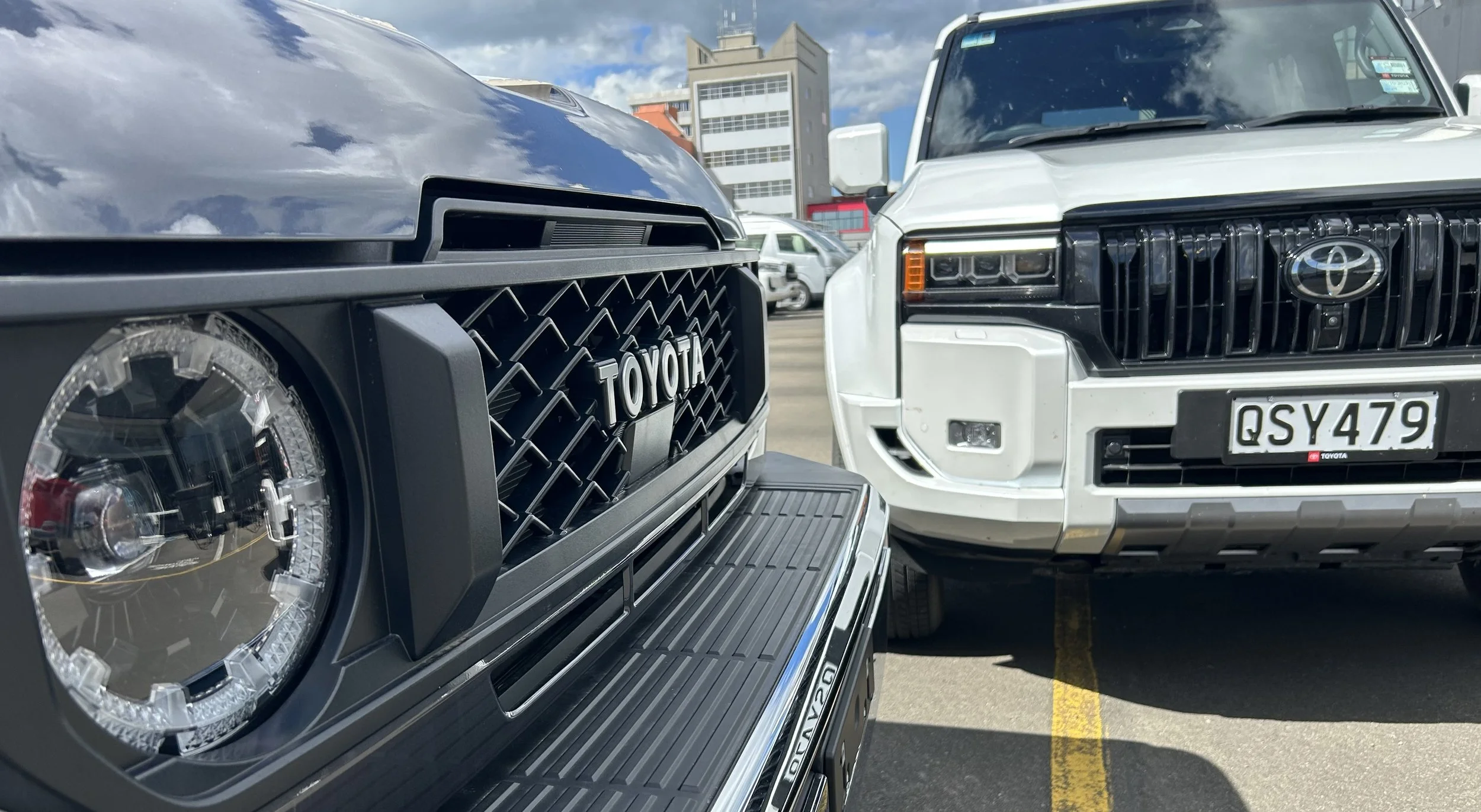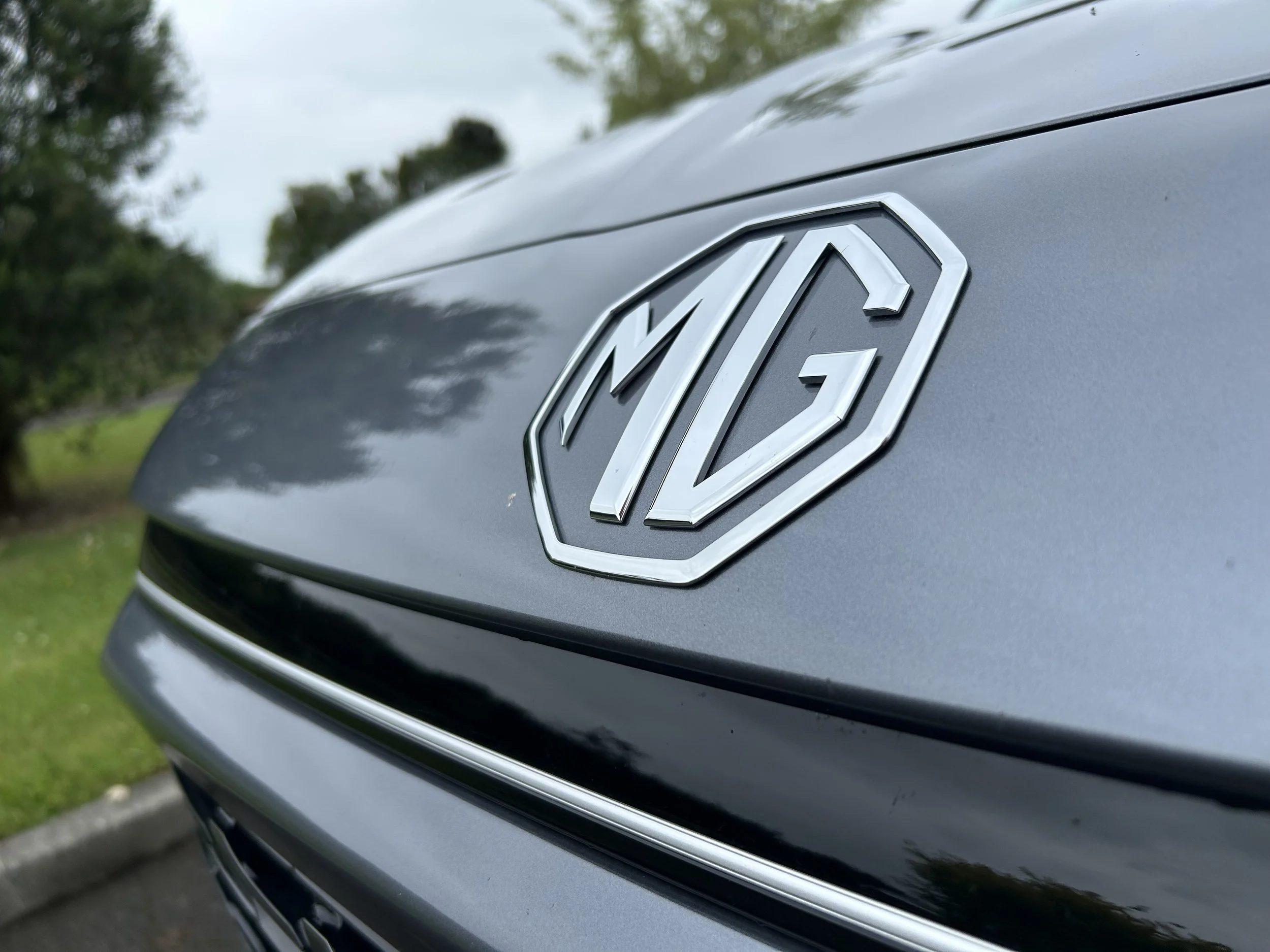EQA releasing in June, for $85,500
/Mercedes’ baby electric aiming for models popular with Kiwis
MERCEDES’ second all-electric car, the EQA 250 compact crossover, will launch in New Zealand in June for $85,500 – a price comparable with the petrol model it derives as well as three key established sub-$100,000 electrics: The Hyundai Kona EV, Kia Niro and Tesla Model 3.
Benz says the smaller sister model to its $142,000 EQC model, which is the current holder of the New Zealand Car of the Year, is expected to create a new entry point to Mercedes-Benz electric vehicle ownership here, “as the latest addition to the popular and increasingly diverse compact passenger vehicle family.”
It says the model, which apes the EQC in being on a platform shared with a fossil-fuelled car – in this instance, the GLA (whereas EQC is off the GLC underpinning) - should fill a particularly sweet spot.
Globally, SUVs account for one in every three Mercedes-Benz passenger vehicles sold, compact models comprise one-in-four. It also notes that customer interest in the Mercedes-Benz EQ brand and its expanding portfolio of all-electric and mild hybrid models is at an all-time high around the world.
With a driving range of up to 480km, as measured under Australian Design Rules, the EQA 250 will adequately cover not just the daily commute for most customers, but adds the flexibility to plan extra-urban road trips and weekends away, the brand suggests.
The EQA 250 can be recharged at home via a Mercedes-Benz wallbox or standard 240-volt wall plug, while the growing network of rapid and ultra-rapid chargers adds the option of fast top-ups on the go.
The EQA 250 is powered by an asynchronous electric motor at the front axle with a rated output of 140kW and 375Nm, via a single-speed spur gear set. The transmission ratio and gear wheels have been configured for the requirements of the front-wheel drive system.
Beneath the floor as part of the integral vehicle structure is a ‘double-decker’ 420-volt lithium-ion battery with five modules and 200 cells, creating usable energy content of 66.5 kWh and combined electrical consumption of 16.2 kWh per 100km. The battery is part of an intelligent thermal management system, which can be cooled or heated as required via a coolant-fed plate underneath the battery, ensuring it can be kept within optimal temperature range for operation and charging.
Via the Type 2 CCS plug and supplied charging cables (one for a domestic socket, with an eight metre cable; the other a five metre fixture for public charging stations), the EQA can achieve from 10-80 percent charge on the wallbox in around four hours and 15 minutes (AC connection with at least 11 kW), and from 10-80 percent charge with a rapid charger in 30 minutes (DC connection with a 100kW supply).
The car steps away from the GLA styling in much the same way that the EQC easily differentiates from an GLC.
Styling signatures include a black panel grille, divided into two by a louvre, highlighting the central star that is a hallmark of the brand. A horizontal fibre-optic strip connects the daytime running lights of the full-LED headlights, ensuring a high level of recognisability both in daylight and at night. Blue colour highlights within the headlight reinforce the signature EQ appearance. The front wing features a badge in high-gloss black with EQA lettering in blue.
The rear end also includes characteristic EQ features. The LED tail lights merge seamlessly into the tapered LED light strip, underlining the impression of width in the rear view of the EQA.
Additionally, the EQA is distinguished by front and rear aprons in chrome, while the roof rails and waistline and window-line trim strips are polished aluminium.
The EQA has adjustable damping suspension with multi-link rear, a direct steer system and Dynamic Select driving mode selection, and rides on 19-inch AMG 5-twin spoke light-alloy wheels.
It achieves the MBUX infotainment system, including voice control (‘Hey Mercedes’) and 10.25-inch centre touchscreen that is the hub for functions such as navigation, media playback, telephony and vehicle functionality. A second 10.25-inch screen forms a customisable digital instrument cluster for the driver.
Other convenience functions include keyless entry and start, a powered tailgate with handsfree access, smartphone integration with Apple CarPlay and Google Android Auto, plus wireless charging for selected mobile devices, heated and electrically adjustable front seats with memory function, automatic climate control including remotely actuated pre-entry climate control, Artico artificial leather upholstery and a leather multi-function sports steering wheel, and a DAB+ digital radio tuner.
The standard safety fitment includes active distance assist cruise control with automatic restart, route-based speed adaptation, and a range of active assists including steering, braking, lane keeping and blind-spot monitoring. Traffic sign assist and a parking package including parking assist and reversing camera, feature. It has nine airbags.
For a limited time, the EQA 250 can be specified with an exclusive Edition 1 package, which costs an additional $7300.
This includes a comprehensive selection of additional features and distinctive interior and exterior cosmetic enhancements. The brand has not said how many Edition 1 cars are designated for NZ.
Key highlights of the package include 20-inch AMG multi-spoke light-alloy wheels finished exclusively in matt copper, an AMG Line exterior trim and further gloss-black details, Neva grey leather and blue upholstery, backlit trim elements, blue stitching for the door panels and centre console, air vents in silver chrome and energy blue, sports multifunction steering wheel with flat bottom and perforated grips, AMG pedals, illuminated door sill panels, Edition 1 floor mats, and a unique vehicle key with copper-coloured surround.
























